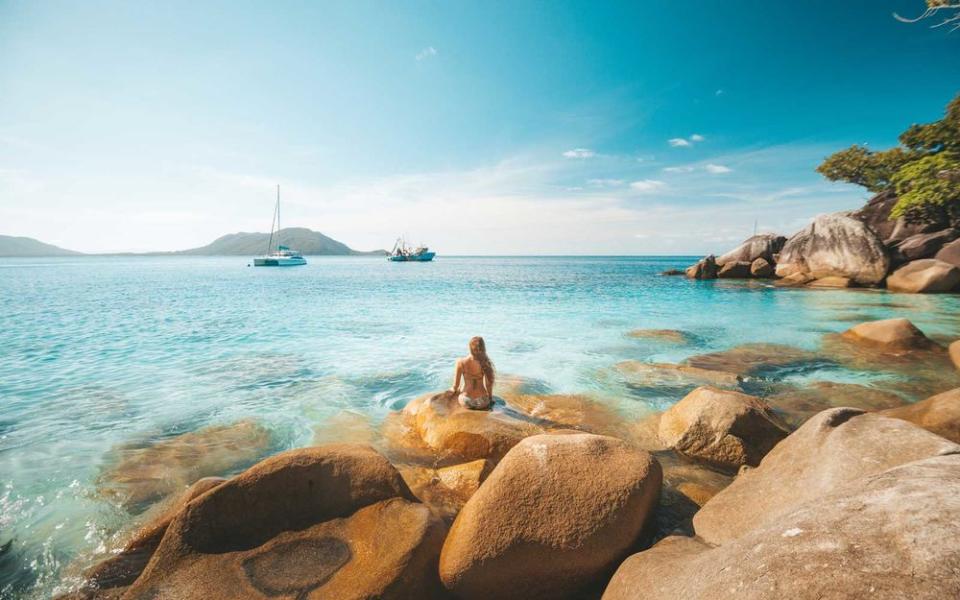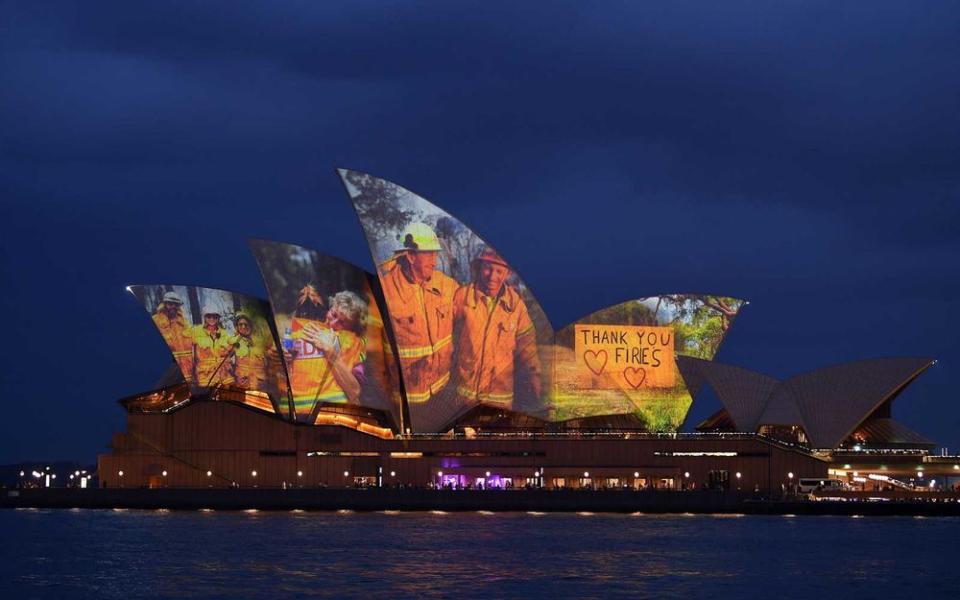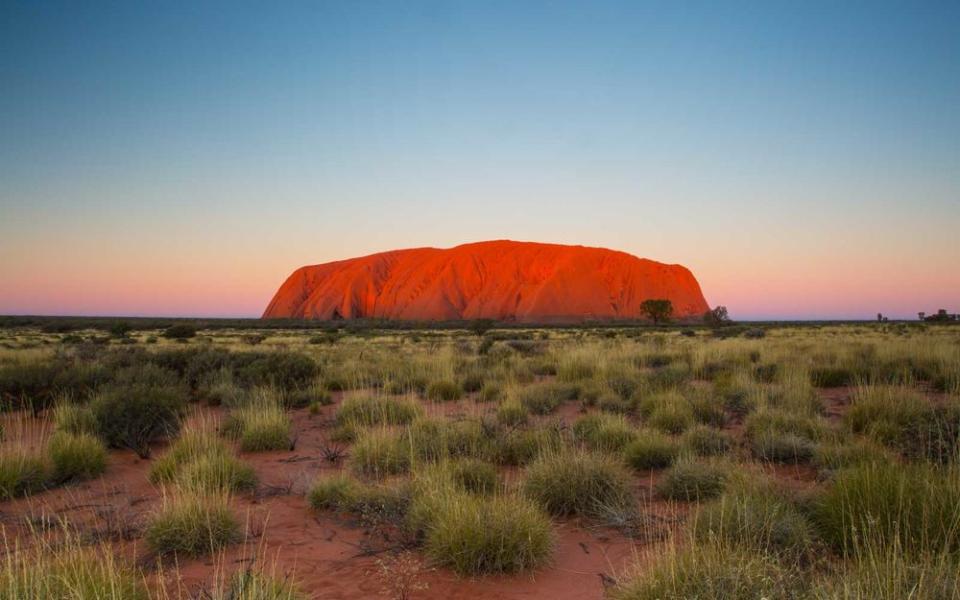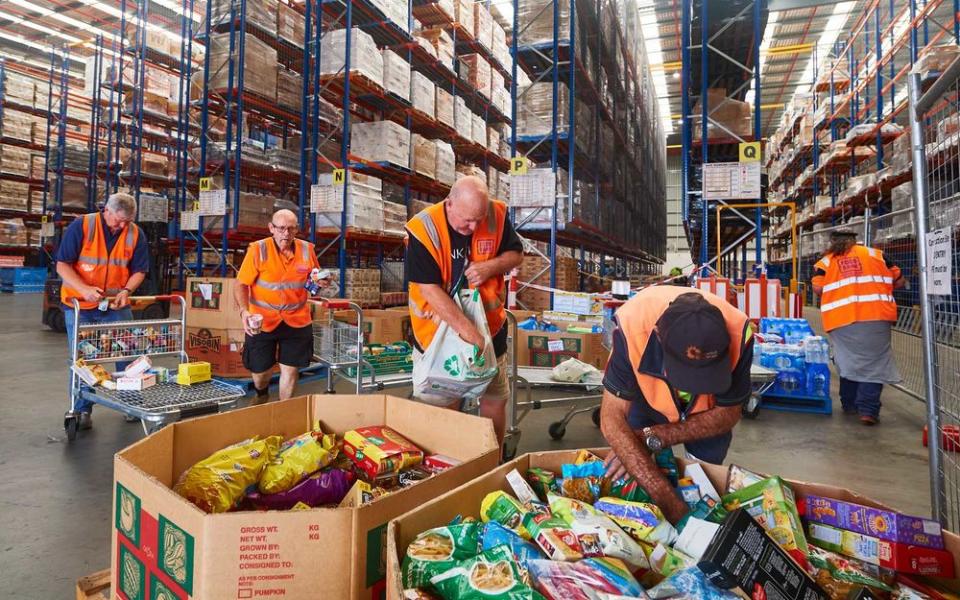Where in Australia You Can Still Visit — and How to Help Bushfire Recovery Efforts
If you’ve been watching the news or scrolling through social media lately, you’ve almost certainly come across dire pictures of the Australian bushfires. I know first-hand how frightening fire season can be — my own family’s farm about three hours outside Sydney fell victim to a blaze in 2018 — and the past several weeks have been particularly scary. The fires cannot be underestimated in their power or ferocity, but it’s important to understand that the exact breadth of the crisis has, at times, been misconstrued.

Australia is a massive continent with large parts unaffected, especially the areas most often frequented by travelers, including Cairns and the Great Barrier Reef, Western Australia’s Kimberley region, and South Australia’s winelands. (More on that below.) To draw a parallel, the country is roughly the same size as the United States, so an earthquake in Los Angeles wouldn’t be a likely deterrent if you had plans to visit Chicago or New York.
%image1
In short, Australia is not off-limits. Far from it. Many of the impacted towns rely on tourism to bolster their local economies, which means travelers will be key to rebuilding the scorched parts of the country and helping the communities and wildlife recover. Explore some of the technicolor reefs, like Ninagloo off the coast of Western Australia. Go wine tasting at the boutique wineries dotting Barossa Valley, the McClaren Vale, or Adelaide Hills in South Australia. Hike pristine stretches of coastline on an aboriginal-led walk in Tasmania. Tuck into wildly the inventive food and drink scene that’s made Melbourne a global destination. Experience an Aussie-style safari at Arkaba Station — a luxury lodge in the Flinders Range — and learn how locals are working diligently to rehabilitate the land. In many cases, you can participate in conservation projects, too.
Travel + Leisure named Australia as its 2020 Destination of the Year, and none of the reasons behind the choice have changed. Much of the flora and fauna in Australia doesn’t exist anywhere else on earth, and it’s breathtaking to witness up close. And while the fires have no doubt taken a tremendous toll in parts of the country, they have not changed the generous, exuberant spirit of the people, who are more than eager to show everything that makes the land Down Under such a singular place. Book a trip, don’t cancel existing travel plans without checking travel alerts — chances are, the destinations you're visiting still have the green light to go — and, if possible, stay a bit longer.

Which areas are safe to visit?
“There are many destinations across Australia that are currently unaffected by the bushfires,” says Phillipa Harrison, managing director for Tourism Australia, which is maintaining a travel alerts page to keep travelers abreast of regional updates. Destinations such as Cairns and the Great Barrier Reef in Queensland, areas around Perth, Exmouth and Broome in Western Australia, Tasmania, and the Northern Territory are all safe to visit. All international airports remain open, including those in Sydney, Melbourne, and Adelaide, and are continuing to welcome international visitors.”

Why is visiting Australia so important right now?
There are large parts of Australia that, though unaffected by the bushfires, are suffering from a domino effect of canceled bookings. Many of Australia’s best-known tourism destinations that have previously faced natural disasters have bounced back with the support of travelers, such as Cyclone Debbie, which blew through the Whitsundays in 2017. “When affected communities are ready to once again welcome visitors, tourism will play an important role in supporting their recovery,” said Harrison.
How can tourists help on the ground?
Most charities in Australia can’t accept last-minute volunteer requests as training and background checks are usually required. That said, new volunteers are often welcomed, and those interested in donating their time can seek out application forms online.
Right now, the best way to directly help the communities affected by the bushfires is to donate to a cause of your choice.
Leading charities raising funds to help communities include The Australian Red Cross Society, The Salvation Army, St Vincent de Paul Society, and Lifeline.

Rural Fire Services, volunteer fire-fighting associations across the nation, are accepting donations directed to emergency efforts and non-emergency community work: NSW Rural Fire Service, QLD Fire and Rescue, VIC Country Fire Authority, Western Australia Fire Service. Comedian Celeste Barber has been bringing in a huge amount of financing for the NSW Rural Fire Service in particular through her Facebook page.
Besides monetary donations, not-for-profit GIVIT is gathering goods for those who have lost their belongings, while Foodbank is welcoming donations of non-perishable food and other essential grocery items at their warehouses around Australia.
WIRES Wildlife Rescue is not only accepting donations to save wildlife, but the charity is also providing detailed instructions on how to make pouches for small marsupials, which you can send to PO Box 7276, Warringah Mall, NSW 2100.
Animal Rescue Craft Guild are sewing pouches and blankets for orphaned, displaced, and injured critters. Volunteers are given templates to create as many items as they can that will be donated to rescue centres.
What to know before you go
Australia.com is travelers’ main source for information, including the most up-to-date alerts on affected areas.
On the ground, travellers are encouraged to speak with local tourism operators and staff at local Visitor Information Centres for advice about local conditions. The Australian Government’s Bureau of Meteorology provides weather updates for all parts of Australia, including the latest fire warnings..
The websites for individual states are also maintaining information on bushfires: New South Wales, Victoria, Tasmania, Australian Capital Territory, Northern Territory, Queensland, South Australia, and Western Australia.

